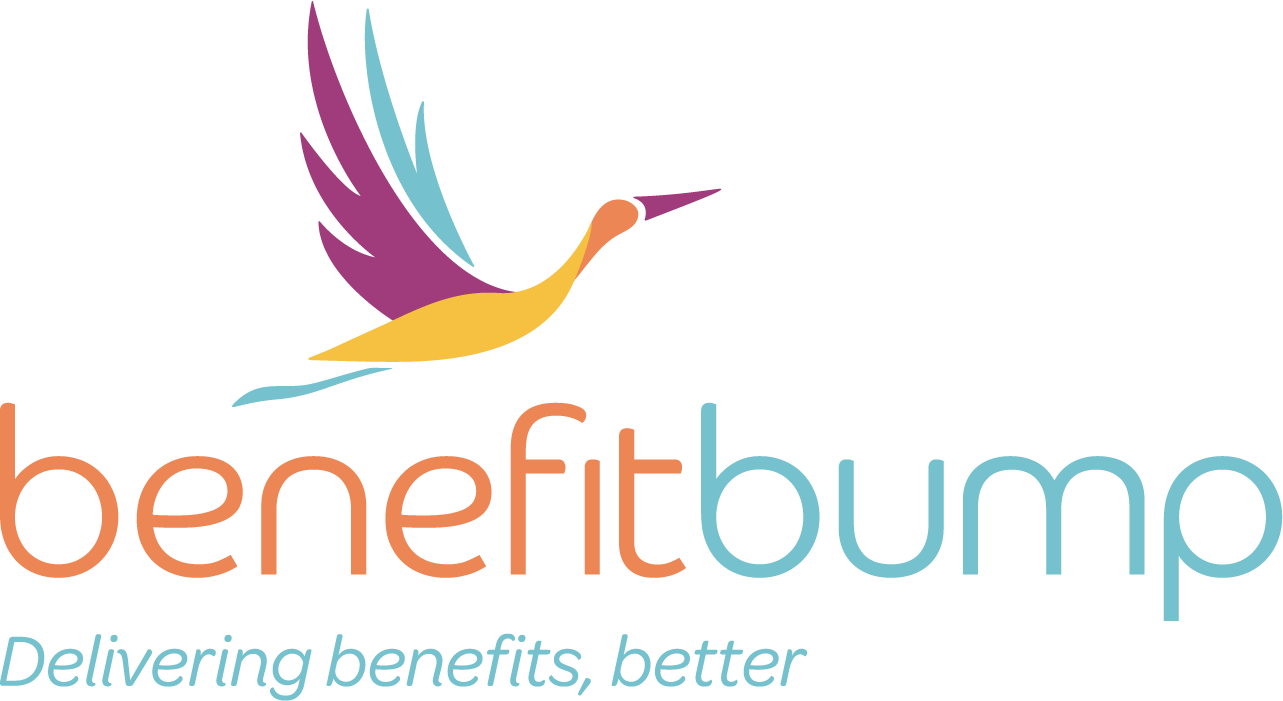Inflation and Ways to Combat Household Costs
Inflation is on the Rise.
While rising costs have long been inevitable, the average inflation rate hovers around 2% annually. This last year, inflation reached a 40-year peak of 8.6 percent from May 2021 to May 2022, this is an average of about $350 more a month. Increased spending on essentials such as food, energy, transportation, and health care have already made large payments like rent or mortgage difficult. While wages and salaries stay stagnant, and quick hikes in pricing happen, many populations are struggling. The Consumer Price Index (CPI) report measures the change in prices paid by consumers for goods and services. The CPI reflects spending patterns for each of two population groups: all urban consumers and urban wage earners and clerical workers. The all-urban consumer group represents about 93 percent of the total U.S. population. Many categories that families find non-negotiable have seen increased prices or scarcity. Formula, baby food, and diapers have all been difficult to keep stocked for many families.
What can we do to ride out the storm? You may be able to offset some of the increase in your expenses by taking a closer look at your bills, cutting what you don’t need and trying to reduce or negotiate the rest. Below are bills that can be shopped for the best pricing. Common bills that could be cut or reduced include:
Recurring subscriptions
Phone
Internet
Groceries pricing can be curved by being more efficient with what you purchase. American households throw away an average of $1,600 a year in produce, according to a report compiled by waste management consulting firm RTS. This is an important note because current food prices at the grocery store rose 0.9% from March and 9.4% from the year prior. Eggs, chicken and milk were among those hit hardest. The cost of eggs has seen hikes over 10%, while milk was up 3.1% and chicken prices increased 3.4% month over month. With prices not seeming to have a stopping point in increase anytime soon, these are some ideas for cutting costs at the grocery store:
· Meal planning (buying sale items and create prepared meals for the week)
· Coupons (most coupons are via apps or online coupon clipping for convenience)
· Cashback portals
· Store rewards program
While saving money will help, so can finding different avenues to bring money into your household. This could look like temporary side gigs like freelancing or tutoring. It could even look like asking your supervisor for options for increased pay in your current role. Some families find that ridding your house of items you can do without, such as toys, appliances, and clothing, is both cathartic and an option for curving costs. Whatever avenues your family uses to cut the pressure of rising inflation costs, planning and budgeting what works best for your household during tough economic times is necessary and will help weather the financial storm.
Sources
What's more expensive as inflation costs families extra $341 a month (cnbc.com)
https://www.bls.gov/news.release/pdf/cpi.pdf
https://time.com/nextadvisor/investing/how-to-deal-with-inflation/

